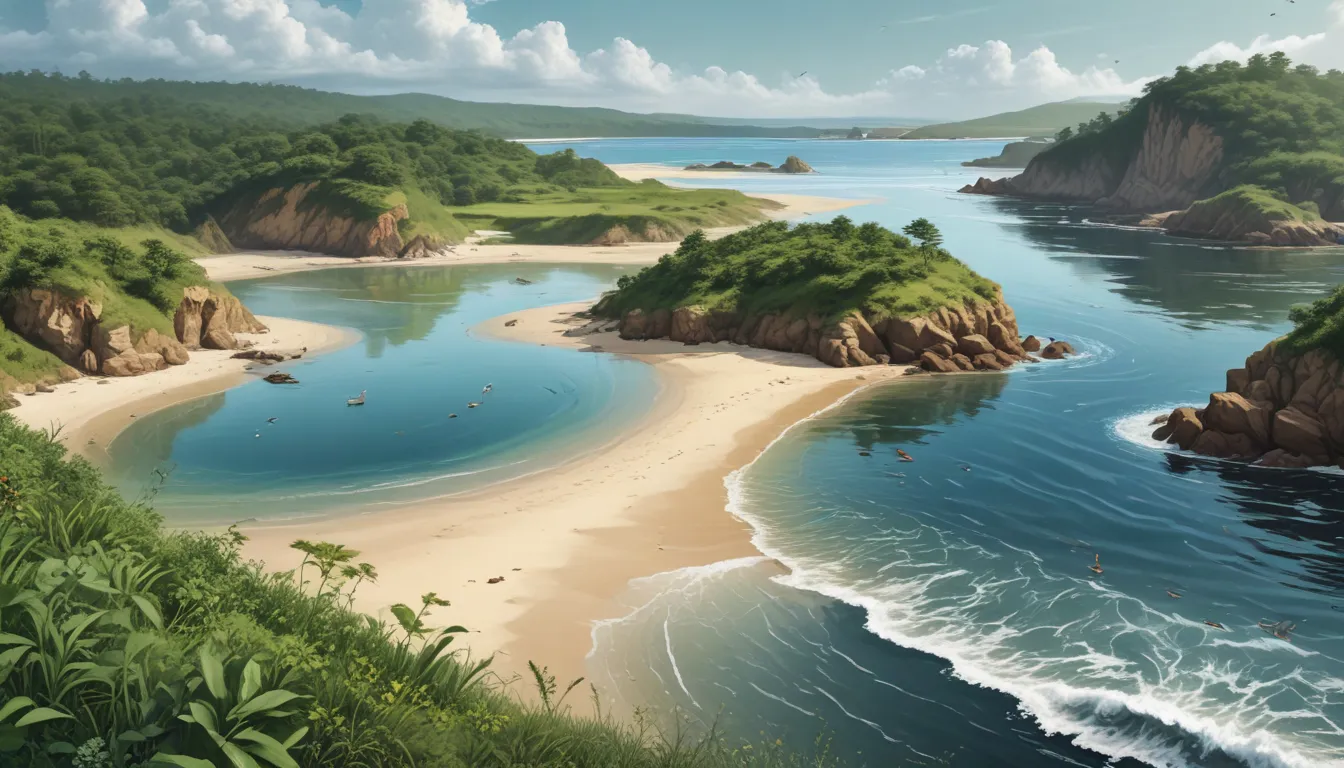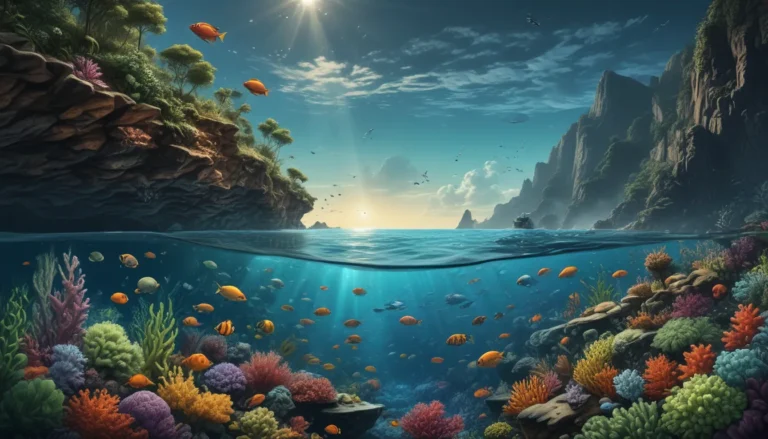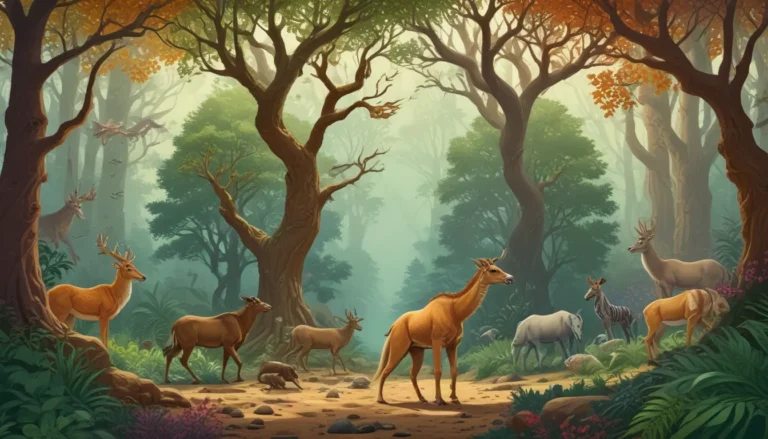A Note About Images: The images used in our articles are for illustration purposes only and may not exactly match the content. They are meant to engage readers, but the text should be relied upon for accurate information.
Estuaries are vibrant ecosystems where the meeting of rivers and oceans creates a unique blend of saltwater and freshwater environments. These vital habitats support a plethora of plant and animal species, playing a significant role in maintaining the health of our planet. Let’s delve into 18 astounding facts about estuaries, unraveling their ecological importance and the marvels they harbor within.
The Enchanting World of Estuaries
- Diverse Ecosystems: Estuaries are dynamic ecosystems where rivers converge with the ocean, nurturing a wide array of plant and animal life. These habitats act as nurseries for many species and provide essential ecosystem services like water filtration and flood prevention.
- Rich Biodiversity: Estuaries teem with a plethora of plant and animal species, creating incredibly diverse ecosystems that are a sight to behold.
- Nurseries for Life: With abundant food and shelter, estuaries serve as critical breeding and nursery grounds for numerous fish, birds, and marine organisms.
- Highly Productive Environments: The mingling of nutrients from rivers and oceans fosters a highly productive environment where marine life flourishes.
- Key Ecosystem Services: Estuaries play a crucial role in filtering pollutants, preventing flooding, and offering habitat for migratory birds.
Unveiling the Beauty of Estuaries
- Geological Diversity: Estuaries come in various forms, including coastal plain, tectonic, and bar-built estuaries, each with its unique geological features.
- Tidal Influences: Tides exert a significant impact on estuary ecosystems, influencing water flow, sediment deposition, and the distribution of species.
- Commercial Importance: Many economically valuable species, such as oysters, crabs, and various fish, depend on estuaries for their habitats.
- Threats and Challenges: Pollution, overfishing, coastal development, and climate change pose significant threats to the well-being of estuary ecosystems.
Preserving the Splendor of Estuaries
- Research and Monitoring: Scientists conduct research in estuaries to better grasp their ecological processes and assess the impacts of human activities on these delicate ecosystems.
- Physical Diversity: From rocky shores to sandy beaches, estuaries boast a range of physical features that support diverse marine life.
- Rare and Endangered Species: Estuaries provide a sanctuary for endangered species like manatees, sea turtles, and various shorebirds.
- Water Filtration: Vegetation and natural processes in estuaries aid in filtering pollutants and enhancing water quality.
- Recreation and Enjoyment: Many people engage in recreational activities in estuarine environments, such as boating, birdwatching, fishing, and kayaking.
Embracing the Vital Role of Estuaries
- Carbon Cycling: Estuaries play a significant role in storing and cycling carbon, contributing to climate change mitigation efforts.
- Global Presence: Estuaries can be found worldwide, from the Chesapeake Bay in the United States to the Great Barrier Reef in Australia.
- Ever-Changing Dynamics: Due to the constant interaction between freshwater and saltwater, estuaries are dynamic ecosystems that are in a state of perpetual flux.
In conclusion, estuaries are captivating and diverse ecosystems that act as a vital link between freshwater and marine environments. Understanding and appreciating the importance of these unique habitats is crucial for their conservation and preservation. By safeguarding estuaries and adopting sustainable management practices, we can ensure their longevity and the myriad benefits they offer to both humans and wildlife.
Frequently Asked Questions
- What is an estuary?
- An estuary is a partially enclosed coastal body of water where freshwater meets and mixes with saltwater.
- Examples of estuaries?
- Well-known examples include the Chesapeake Bay (U.S.), Thames Estuary (UK), and Danube Delta (Romania).
- Why are estuaries important?
- Estuaries provide critical habitats, serve as breeding grounds, and help filter pollutants to improve water quality.
- Wildlife in estuaries?
- Estuaries support diverse wildlife, including fish, shellfish, birds, and marine mammals.
- How to protect estuaries?
- Protection measures include controlling pollution, managing activities like fishing and development, and creating protected areas.
- Recreational activities in estuaries?
- Yes, estuaries offer various recreational opportunities, from boating to birdwatching, allowing people to enjoy and connect with these unique ecosystems.
Our commitment to delivering valuable and engaging content is reflected in the diverse insights and information contributed by real users like you. Trust in our dedication to quality and authenticity as you explore and learn about the wonders of estuaries.






